Perfect (Windows) 10 Part II: Microsoft's mastermind CEO Satya Nadella & value phones
Unless you've been living under a rock for the past few months, you know that Microsoft's mobile phone story has been quite tumultuous of late.
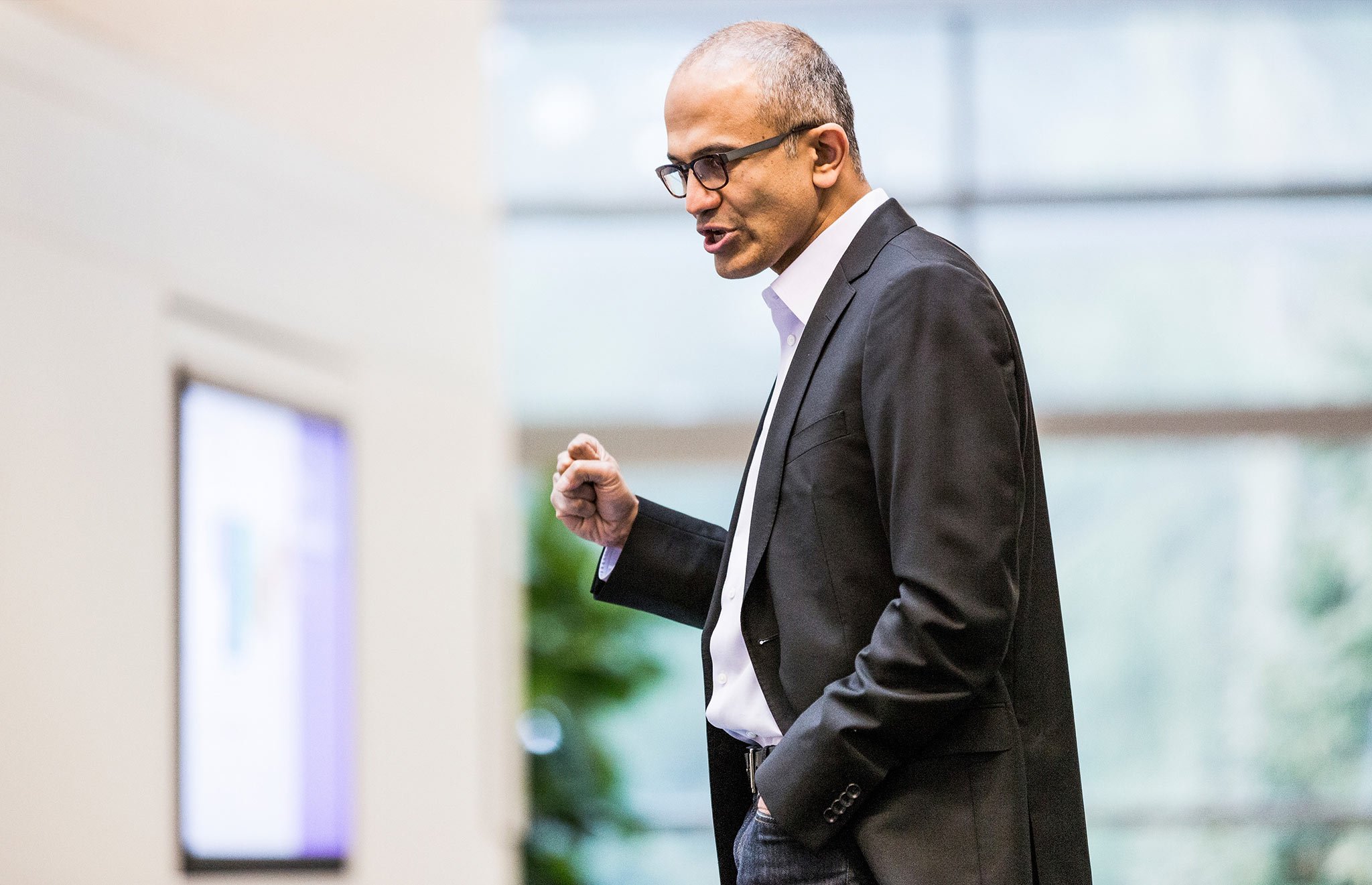
From claims of its imminent demise to reports of a new lease on life by way of what's reported as a new slimmed and trimmed mobile approach. Yeah, it's been a rocky ride. Well, unless you refused to believe the hype that is.

For those of you who did believe the hype and think that Microsoft's CEO Satya Nadella actually changed Microsoft's mobile strategy when he wrote down the Nokia purchase, brought an end to the low-end deluge and recently "announced" a focused portfolio of first-party value, business, and flagship phones – please think again.
Everything he announced this year as an operational change (to calm analysts, journalists, investors, enthusiasts and the like) he actually told us about in his 7/10/2014 "Bold Ambition and Core" vision-setting memo. We began this analysis in "Perfect 10 Part I: The Nokia write-down was on the wall". We will continue with an analysis of the low-end strategy and the value phone segment of the "new" streamlined phone portfolio.
Before we dive in let's revisit the type of leader we believe Satya Nadella to be.

Mastermind
In Part I, I surmised that Nadella is a 'mastermind'. Not the sadistic strategist that orchestrates tragedy in search of purpose.
No, I'm thinking of one of the 16 Meyers-Briggs personality types. Of those 16 types, Nadella seems to possess the qualities of the INTJ (Mastermind). He is a decisive visionary who perceives the big picture and the myriad components that comprise it. He is the chess player that sees the entire board and plans several moves ahead leaving others distracted by the most recent and most imminent of moves. As in part one, here's an excerpt describing the mastermind personality type (INTJ-Introvert, Intuitive, Thinking, Judging):
"INTJs (Masterminds) are defined by their tendency to move through life as though it were a giant chess board, pieces constantly shifting with consideration and intelligence, always assessing new tactics, strategies and contingency plans, constantly outmaneuvering their peers in order to maintain control of a situation while maximizing their freedom to move about."
Yeah, as before, that sounds like Nadella to me.
All the latest news, reviews, and guides for Windows and Xbox diehards.
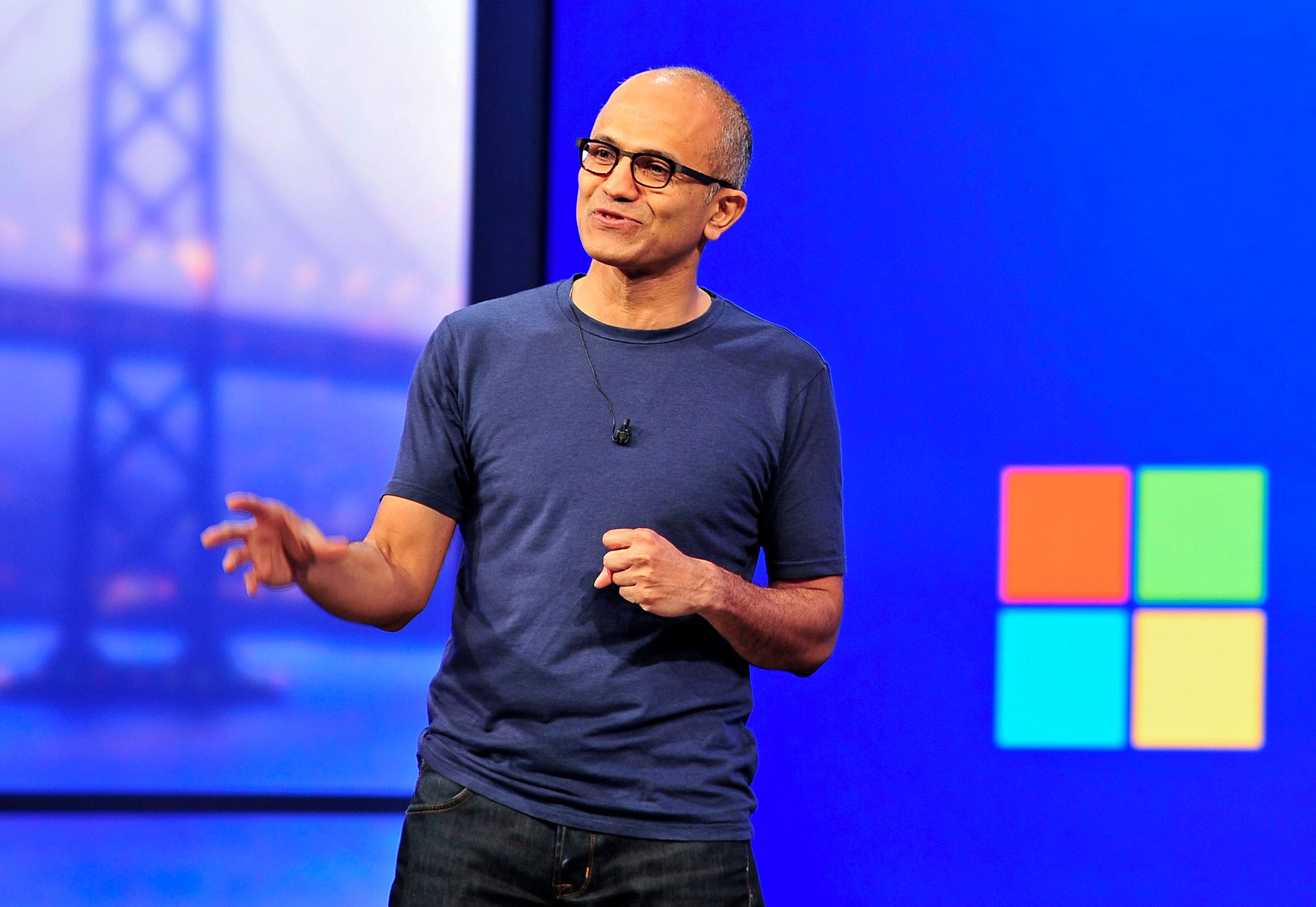
Puppeteer
June 30, 2015, marked the end of Microsoft's FY15. As noted in Part I, Nadella foreshadowed drastic changes with a "nothing is off the table" statement in his 7/10/14 "Bold Ambitions and Our Core" memo. Combined with other statements, we saw that Nadella's long term vision called for major shifts timed for the beginning of FY16 (July 2015), in the short term. So how would he facilitate his vision when the time came to execute? Well…
Several weeks ago, the internet exploded with posts about the death of Windows Phone after Nadella purposefully hinted at "tough choices" in a well-timed June 25th, 2015, FY15 ending memo. In an apparent clarifying response to the chaos his words induced, 13 days later, Nadella released yet another memo into the apocalyptic maelstrom that had previously been the blogosphere. Now at the beginning of Microsoft's FY16, the companies CEO had the industries full attention.
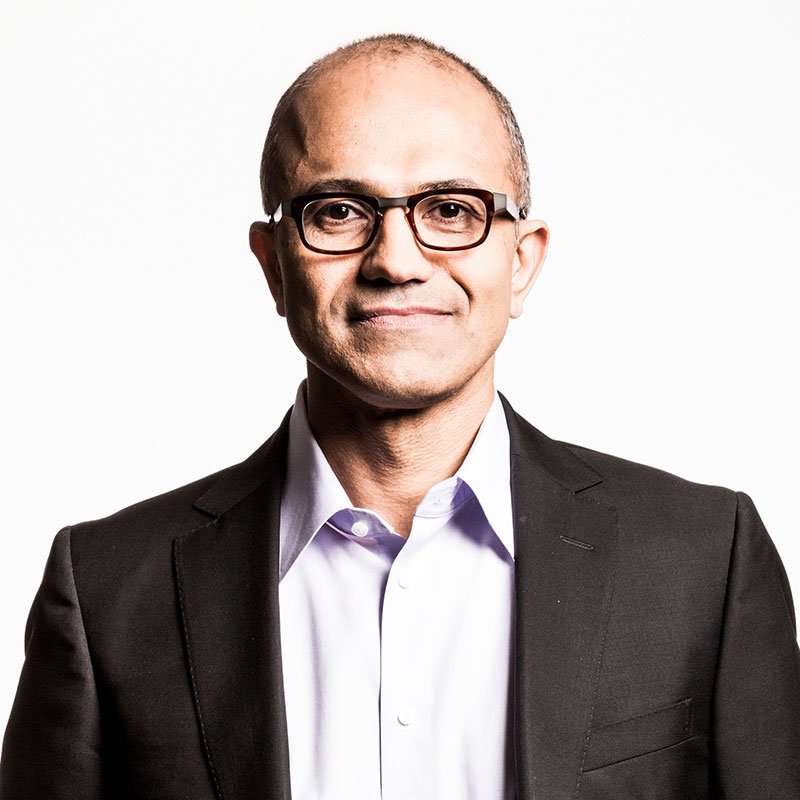
In this July 8th, 2015 memo Nadella spoke candidly of the Nokia write-down layoffs, a cessation of the low-end blitz and focus on value, business, and flagship first-party phones. The Internet breathed a sigh of relief. Writers who had cried aloud and spared little days earlier as they scrambled to be first to proclaim Windows Phones death now sought to be first to speak life into the platform.
Had the world remembered Nadella's July 10, 2014 "Bold Ambition and Our Core" memo, readers could have been spared that disorienting see-saw of reporting and analysis. Why? Well, because as I shared earlier, Nadella in his June 25th, 2015 and July 8th, 2015 memos hasn't told us anything different than what he shared on 7/10/2014.
Nadella simply used the platforms of
- well-timed memos (end of FY15), 6/25/15 and 7/8/15,
- an exclusive interview with a highly respected Microsoft watcher–7/14/15,
- and a 7/22/15 earnings call
To repeat and subtly reintroduce predetermined short-term objectives of his larger goal. For those who had forgotten what Nadella shared on 7/10/14, the timing of these repeated statements sounded like news and a reassuring shift in strategy.
I believe they were, however, Nadella's way to execute on short-term objectives timed for the end of FY15 (6/30/15). His well-orchestrated communications were his way to mitigate the fallout. Mastermind.
"…maintain control of a situation while maximizing their freedom to move about."
Here, let me show you what I mean.

Low-end blitz; it's about Windows 10
Nadella's low-end strategy is no secret to any industry watcher. The mere thought of a Windows Phone conjures images of 5xx, 6xx and 7xx series Lumias. Low-end Windows Phones are so prolific that I posed a question, "Are Low-End Windows Phones hurting Microsoft's Smartphone brand?" Many of you answered with a resounding, "Yes!"
We then revisited Microsoft's low-end strategy in "Seeds of Success" to take a deeper look at what their actual goals might be with the low-end approach.
Here's what Nadella said in his 7/10/14 "Bold Ambition and Our Core" memo regarding the low-end strategy. Careful parsing of the words clearly reveal that it was always a short term strategy with a definitive end.
"We will be particularly focused on making the market for Windows Phone. In the near term, we plan to drive Windows Phone volume by targeting the more affordable smartphone segments, which are the fastest growing segments of the market, with Lumia."
Note two important points from this statement:
- "In the near term"
- "Drive… volume… affordable segments"
Nadella's long-term goal was to have as many Windows 10 compatible devices in the hands of as many users as possible in time for the launch of the new mobile platform in the second quarter of FY16 (Oct –Dec). The launch of the platform was about 15 months away at the time of his statement. So in order to create that broad base of users, "in the near term"(FY15), Nadella focused Microsoft's efforts on "driving Windows Phones volume" with devices that would be upgradable to the new OS.
The low-end strategy was very much about Windows 10. Windows 10 Mobile was just a few months away at the time of Nadella's recent pronouncement that the low-end push would be coming to an end. As a result, we can clearly see how the strategy fit within Nadella's "near term" goals.
Blitzing the market with low-end devices was a short-term investment to get Microsoft's new unified OS and ecosystem across as wide a breadth as possible. Planting a wide array of Windows 10 compatible smartphones provides a market footprint from which to demonstrate to users and OEMs the value of the Windows 10 Mobile platform.
Imagine how few Windows 10 phones would be in use after Window 10 Mobile launches if Nadella had not driven Windows Phone volume in the near term.

Invested
During a 7/22/15 earning's call marking the beginning of FY16, Keith Weiss of Morgan Stanley asked Nadella the following regarding Microsoft's phone strategy.
"… I wanted to drill into sort of the new strategy around the phone business a little bit… Can you give us a sense of how you see that business trending over a longer period of time because there is a significant restructuring going on?"
I've bulleted Nadella's response concerning the value smartphone segment for easy dissection:
"And in the value of smartphone, that's the place I want us to be
- much more efficient.
- We clearly have some value to add there because of the uniqueness of Office and Skype and our services
- we want to be smart about how many of these phones do we want to generate?
- How many -- which price points we want to participate?
- That's where you will see the most significant operational changes from how we operated last year to the coming year."
Note Nadella's ability to control the situation. Clearly, investors are concerned about Microsoft's mobile phone direction. As mentioned above, Nadella fully intended to flood the market with low-end devices for a definitive length of time – FY15 ('near term"). And for a definite purpose.
His "restructuring" to "be more efficient" through ending the low-end deluge – was always part of his vision timed for the beginning of FY16. But for those who forgot that in 2014 he said he would do this, it would appear to be a satisfying course correction rather than a continuance of an established vision. Mastermind
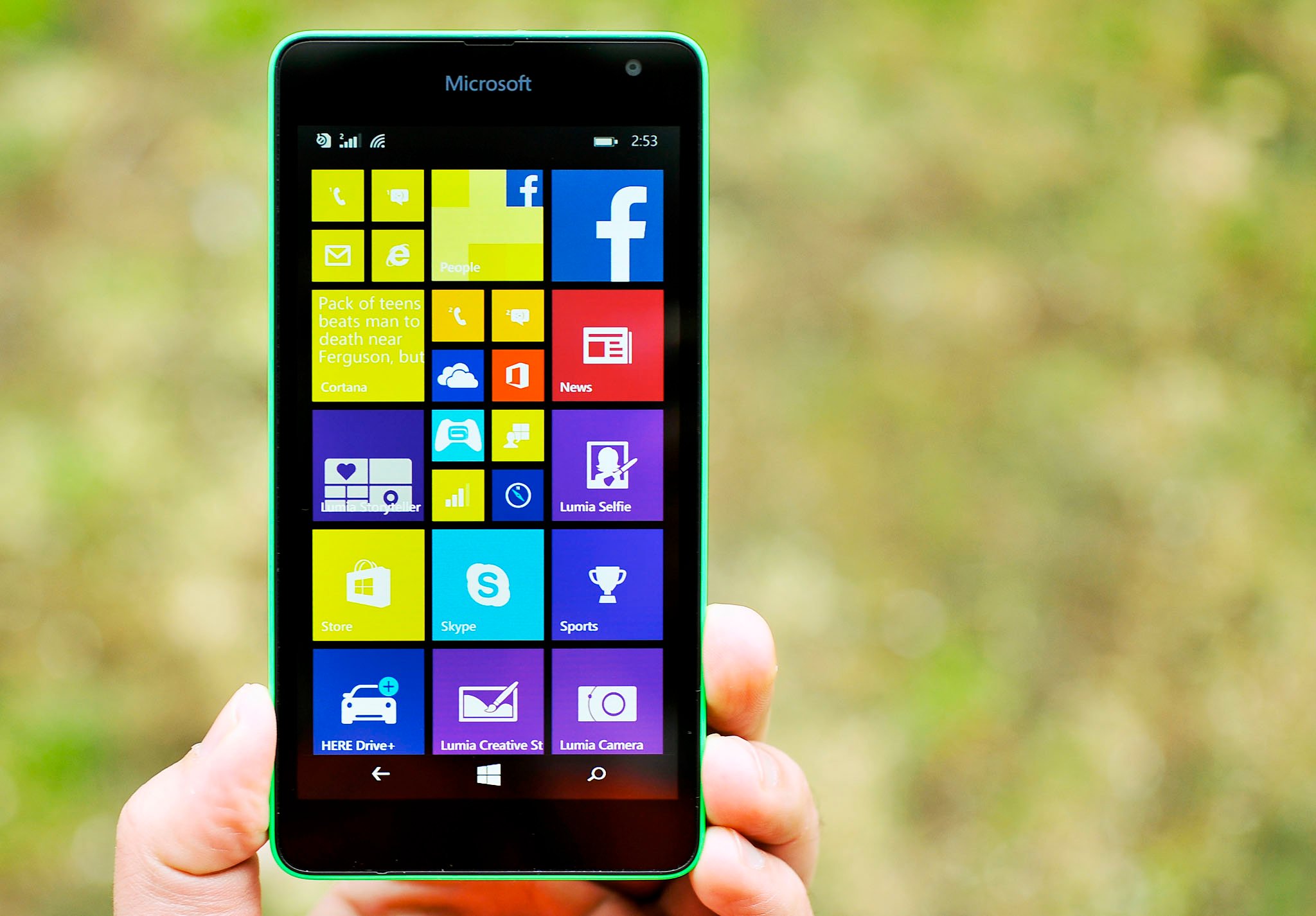
Value proposition
Of the platforms (memo's/earning's call) Nadella used to help re-communicate his vision and manage reactions to the execution of short-term objectives, the exclusive interview with respected industry watcher Mary Jo Foley was likely the most impactful for enthusiasts.
During that 7/14/15 interview, he stated the following when Mary Jo asked him about smartphones:
For the value smartphone segment, I want to focus on where we can put Office and our communications and Skype, so it's more like a Skype and Office phone for the first time smartphone buyer.
Follow me now. That statement was made within the context that one, the end of the low-end blitz was a new and unforeseen shift which subsequently led to a more focused strategy. Which we have established was not the case. The bigger point is this. Though not explicitly stated, it seems that Nadella wants the interviewer and thousands of readers to expect that there will be a new strategy to focus Office, communications and Skype on value smartphones.
Uh, wait a minute.
On 7/10/14 Nadella said this:
Microsoft will push into all corners of the globe to empower every individual as a dual user. We will think of every user as a potential "dual user" — people who will use technology for their work or school and also deeply use it in their personal digital life. They strive to get stuff done with technology, demanding new cloud-powered applications, extensively using time and calendar management, advanced expression, collaboration, meeting, search and research services, all with better security and privacy control.
Comparing Nadella's 7/10/14 and 7/14/15 statements, one can easily see the parallels. There is not a shift in strategy, objective nor focus. The value segment which was used to "push into all corners of the globe" has always had a Skype (collaboration and meeting) and Office (cloud-powered applications) focus. Always.
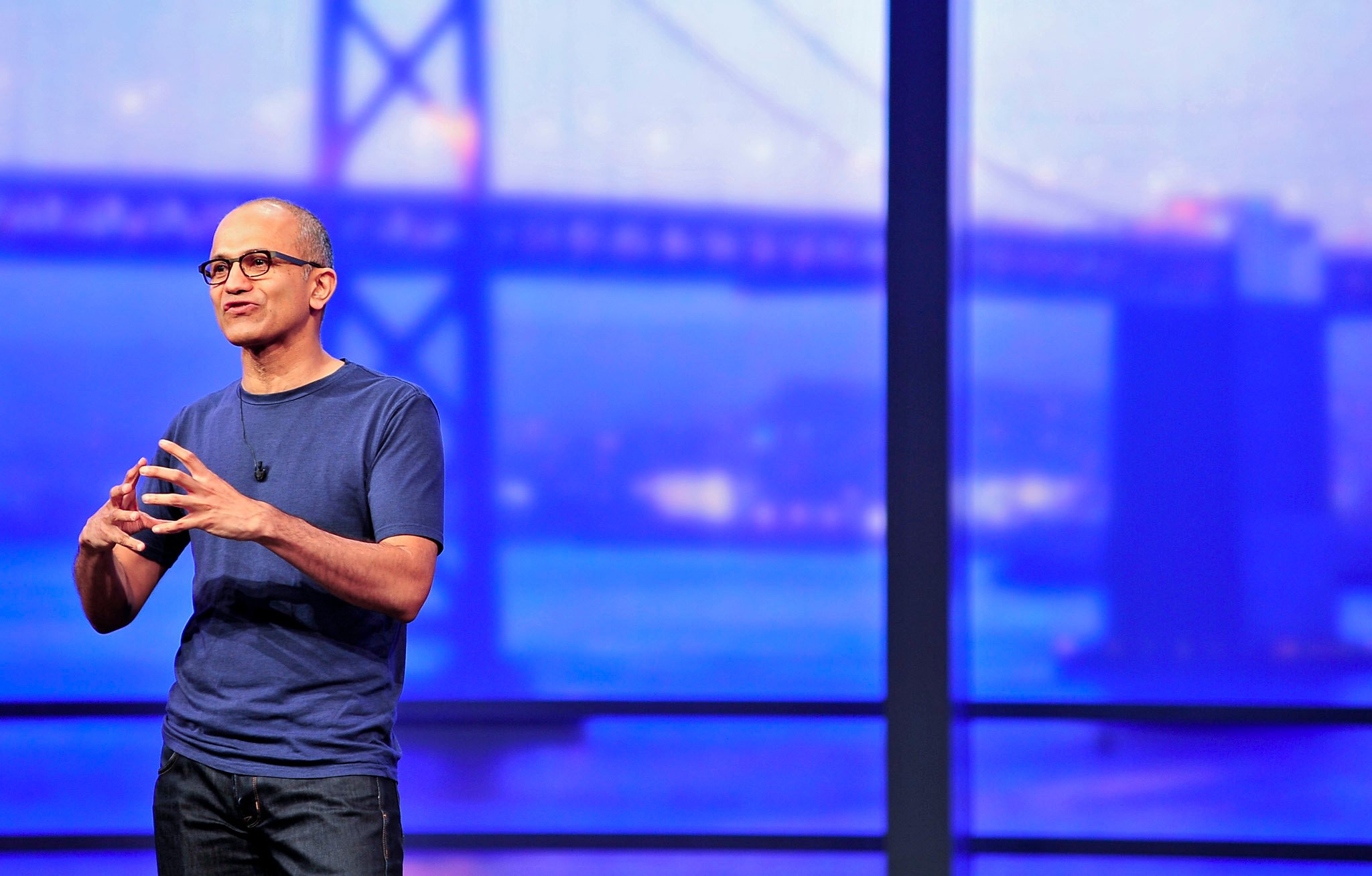
Big Picture
Finally, let's remain focused on the big picture lest we get distracted by the most recent and most imminent of moves. It would be easy to be snared by the flare of reactive posts and forget that Nadella gave an overview of his vision on 7/10/14. The Nokia write-down, the short-term nature of the low-end blitz strategy and the goals of the value, business and flagship smartphones are all there.
As the Nokia write-down was decided on and foreshadowed in his 7/10/14 memo, and was not a decision reached only after the events of FY15's second half as recent SEC filings claim(as shared in Part I), the "new" strategies for Microsoft's mobile phone portfolio are not new at all.
As with the Nokia write-down, Nadella has used recent communications to say the same things he said a year ago.
But when re-stated within certain contexts and to those who may have forgotten, they seem to be beneficial and reactive course corrections. Corrections that investors and analysts like to hear rather than the execution of the short-term objectives of an unchanged long-term vision they actually are. I think Nadella counted on that. He's a mastermind.
"constantly outmaneuvering their peers in order to maintain control of a situation"

Jason L Ward is a Former Columnist at Windows Central. He provided a unique big picture analysis of the complex world of Microsoft. Jason takes the small clues and gives you an insightful big picture perspective through storytelling that you won't find *anywhere* else. Seriously, this dude thinks outside the box. Follow him on Twitter at @JLTechWord. He's doing the "write" thing!
